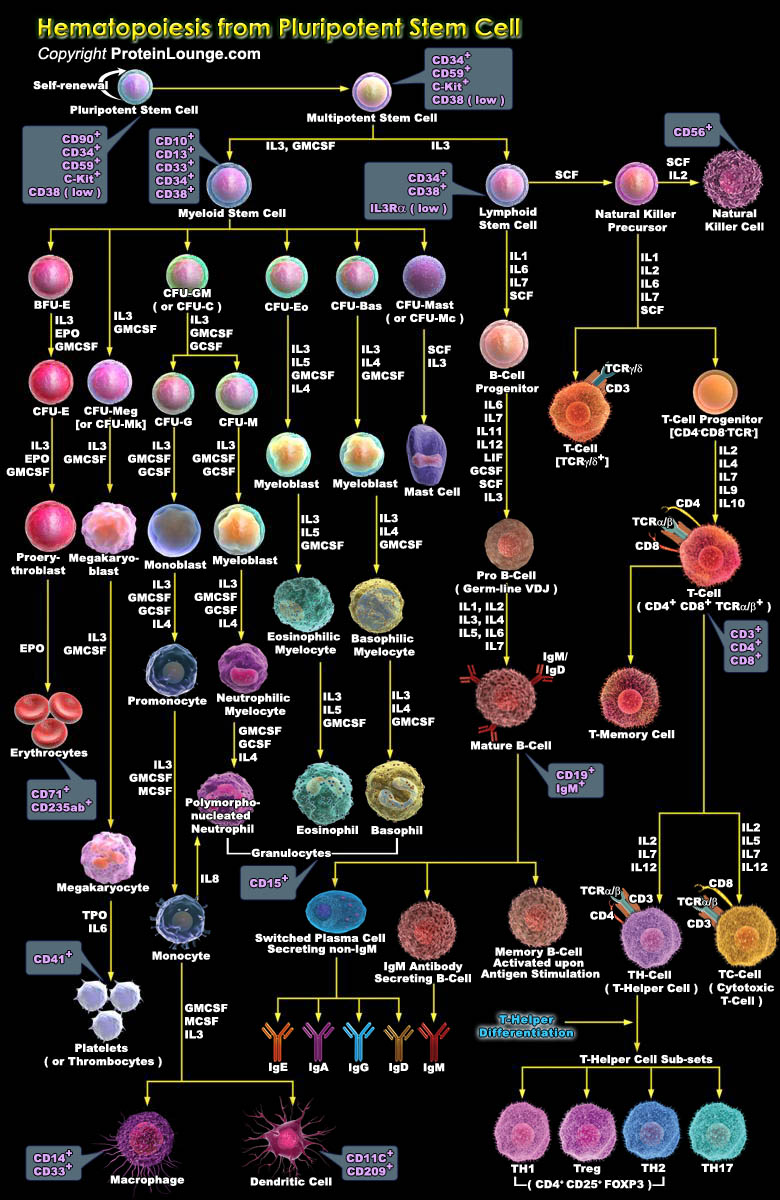
Hematopoietic Stem Cells (HSCs) have the property of self-renewal and through cell division and differentiation, form populations of progenitor cells which are committed to the main marrow cell lines; Erythroid, Granulocytic and Monocytic, Megakaryocytic and Lymphocytic. The earlier progenitor cells are multipotent but, as division and differentiation proceed, later progenitors are formed that are committed to three, two or one cell line (Ref.1 & 2). In the strictest sense depending on potency (i.e., the capacity to differentiate into specialized cell types) stem cells are either Totipotent or Pluripotent. Totipotent cells differentiate into embryonic and extraembryonic cell types, whereas, pluripotent cells are defined as the descendants of totipotent cells which[..]
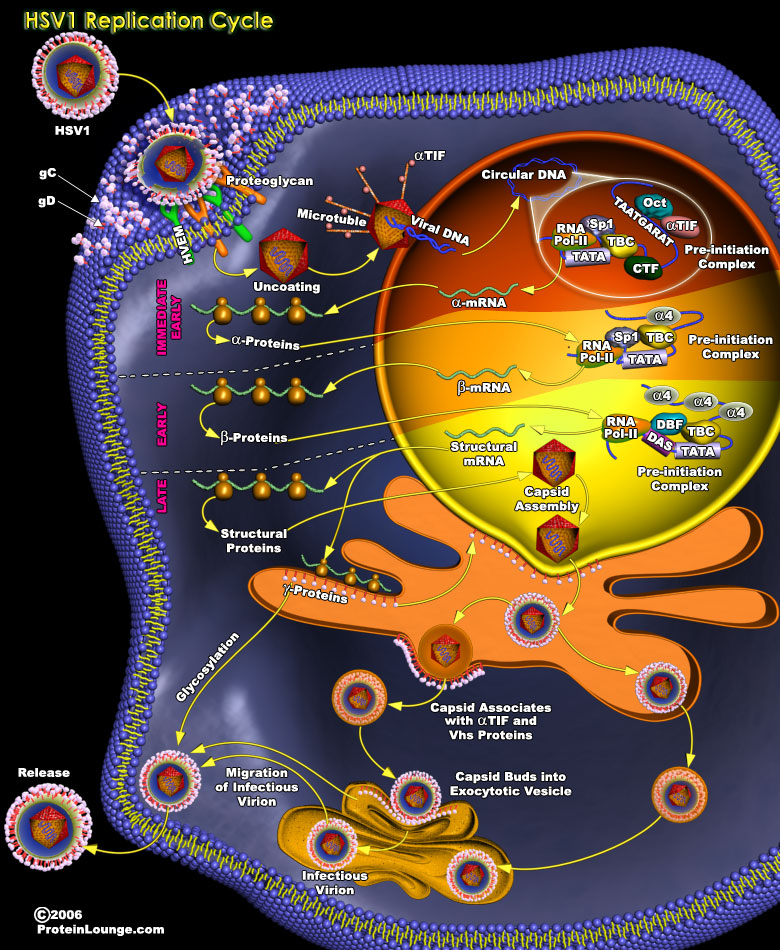
HSV1 (Herpes Simplex Virus Type-1) is a member of the Herpes group of viruses, the Herpesviridiae, which includes the important human pathogens HSV2, CMV (Cytomegalovirus), Varicella zoster Virus, EBV (Epstein-Barr Virus), HSV6 and 7, and Kaposi's associated Herpes virus, HHV8 (Human Herpesvirus-8). Of these, HSV1 has been the most extensively studied. Human is the only natural host to HSV. The virus is spread by contact and the usual site for the implantation is skin or mucous membrane. Following an initial infection in epithelial cells, the virus spreads to neurons of sensory ganglia, where it becomes latent. The virus emerges sporadically from latency, causing recurrent mucocutaneous lesions. Reactivation of the latent genomes upon stress can lead to re-infection of[..]
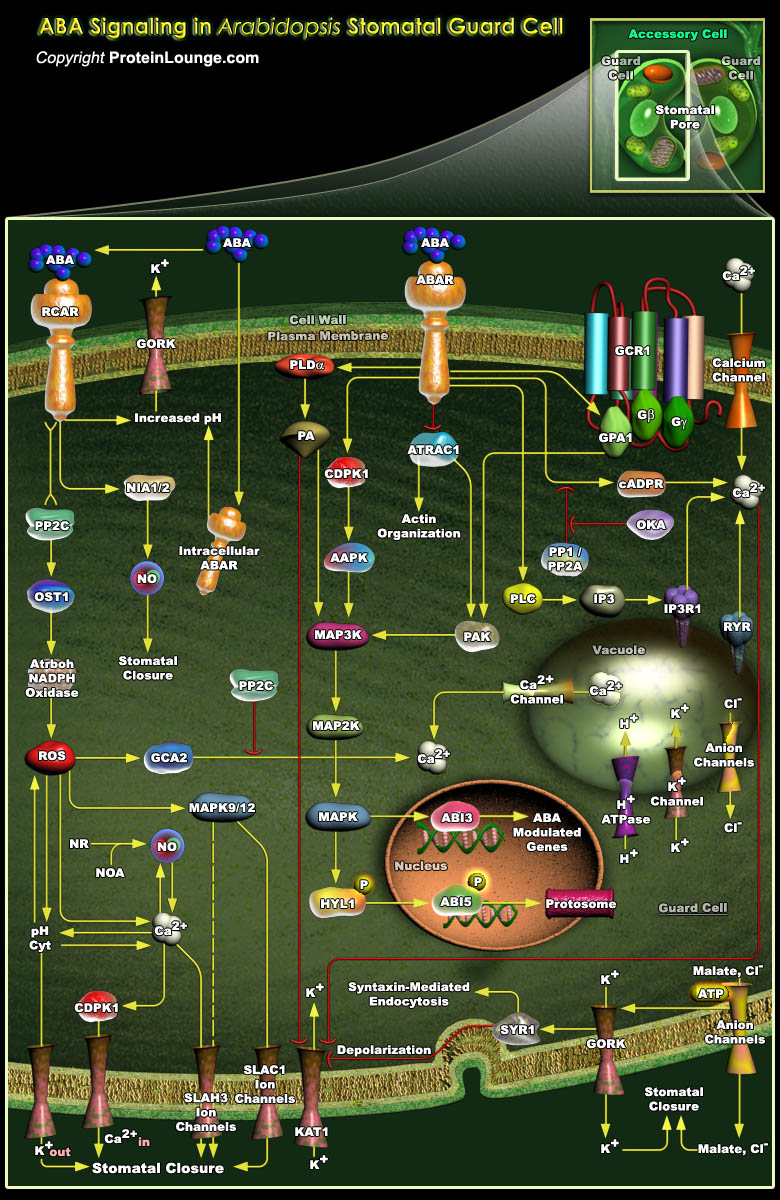
Plants have pores, Stomata, on their leaf surfaces that allow CO2 (Carbon Dioxide) in for photosynthesis and through which water evaporates. The specific cells that border and define these pores are Guard Cells. Guard Cells literally guard the size of the pore by alternately swelling, which opens the pore, or shrinking, which closes the pore. Plants must respond to a variety of environmental cues and regulate their Stomata accordingly so that enough CO2 gets in, but not so much water escapes that the plant dries out. This balance between opening and closure of Stomata is essential in determining a plant’s survival and how much it will grow and yield. The swelling and shrinking of Guard Cells occurs through the coordinated movement of water and Ions across the[..]
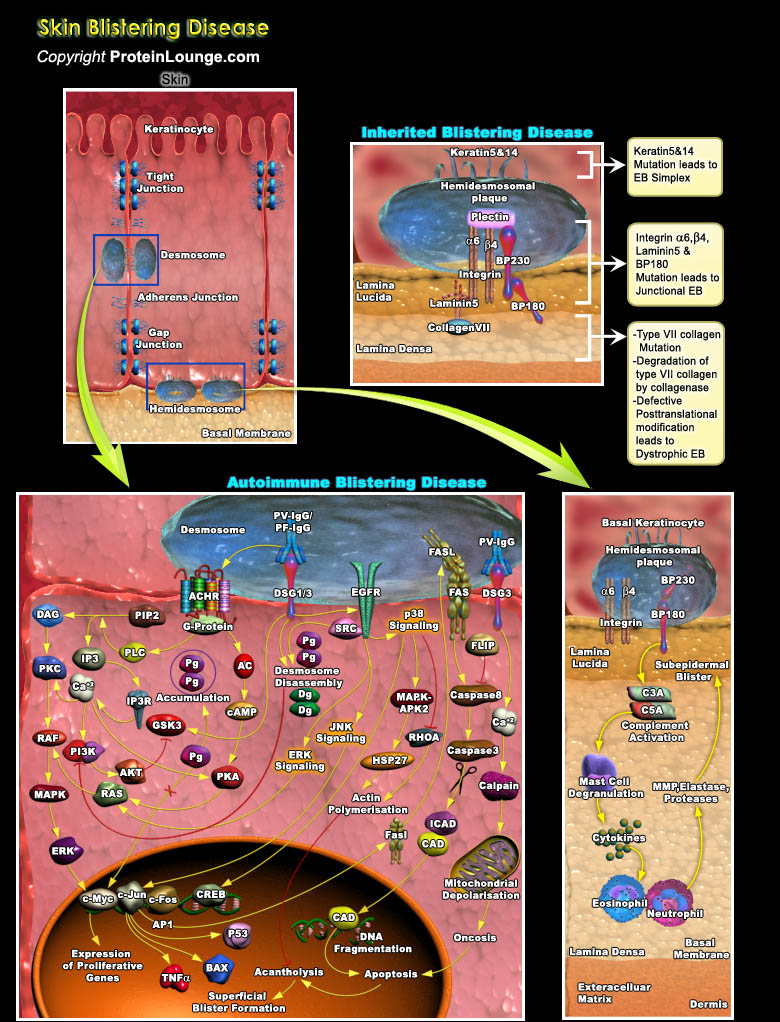
A blister (bulla) is a bubble of fluid that forms beneath a thin layer of dead skin. The fluid is a mixture of water and proteins that oozes from injured tissue. Blisters most commonly form in response to a specific injury, such as a burn or irritation, and usually involve only the topmost layers of skin. These blisters heal quickly, usually without leaving a scar. Blisters that develop as part of a systemic (bodywide) disease may start in the deeper layers of the skin and cover widespread areas. These blisters heal more slowly and may leave scars. Blistering disease is widely divided in to two catagories: Autoimmune blistering disease and inherited blistering disease. Autoimmune blistering diseases are a group of disorders in which the body mistakenly attacks healthy[..]
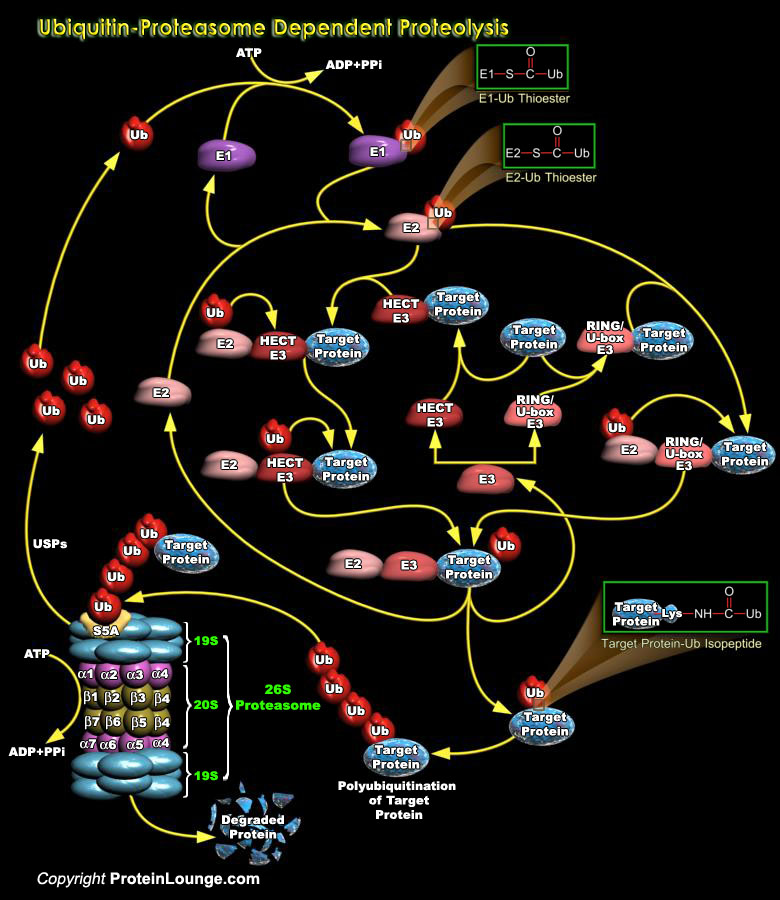
The Proper functioning of a cell requires careful control of the levels of important structural proteins, enzymes, and regulatory proteins. Protein molecules are continuously synthesised and degraded in all living organisms. The concentration of individual cellular proteins is determined by a balance between the rates of synthesis and degradation, which in turn are controlled by a series of regulated biochemical mechanisms. Differences in the rates of protein synthesis and breakdown result in cellular and tissue atrophy (loss of proteins from cells) and hypertrophy (increase in protein content of cells). Precise control of protein turnover is, therefore, essential to cellular survival. The only way that cells can reduce the excessive level of a particular protein is by[..]
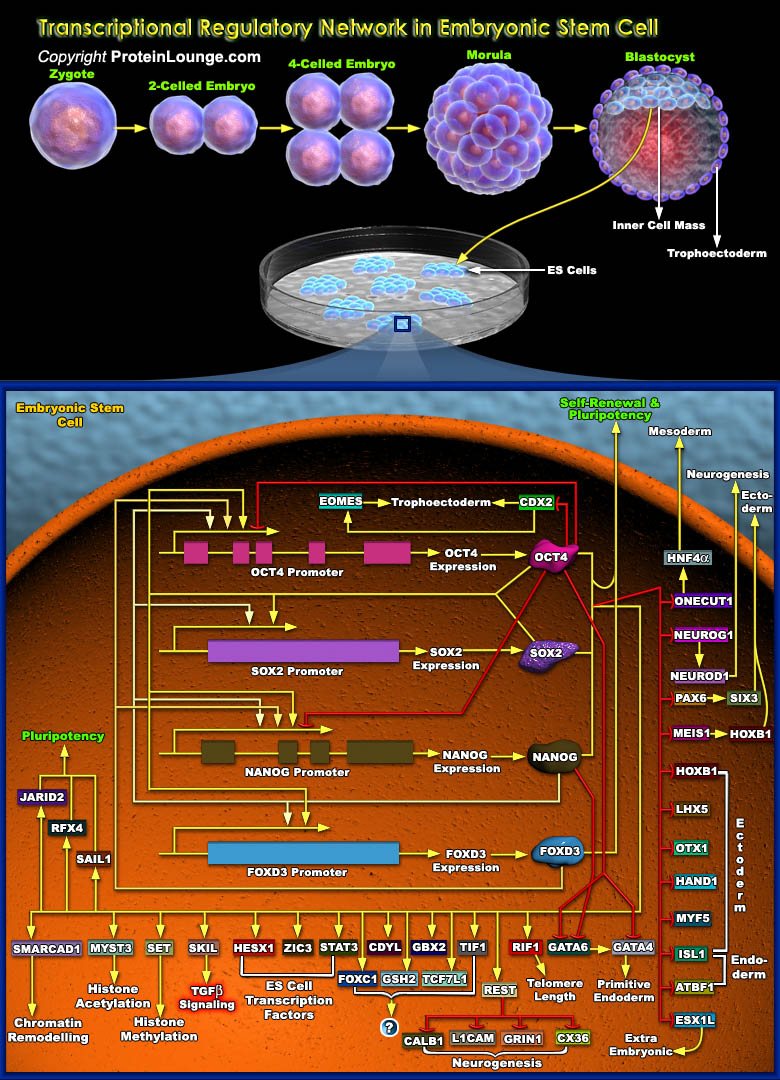
Stem Cells are undifferentiated cells that can give rise to several lineages of differentiated cell types. They are the founder cells for every organ, tissue and cell in the body. Stem cells are characterized by the ability to self-renew and maintain Pluripotency. These features allow Stem Cells to fulfill their multiple functions, namely to provide enough cells during organogenesis, to control tissue homeostasis and, in addition, to ensure regeneration and repair. ESCs (Embryonic Stem Cells) are derived from the ICM (Inner Cell Mass) of the developing Blastocysts, multicellular structures originating from four (Human) to five (Mouse) cleavages of fertilized oocytes. In Human, the fertilization of an Egg by a Sperm generates a Zygote that thirty hours later begins to[..]
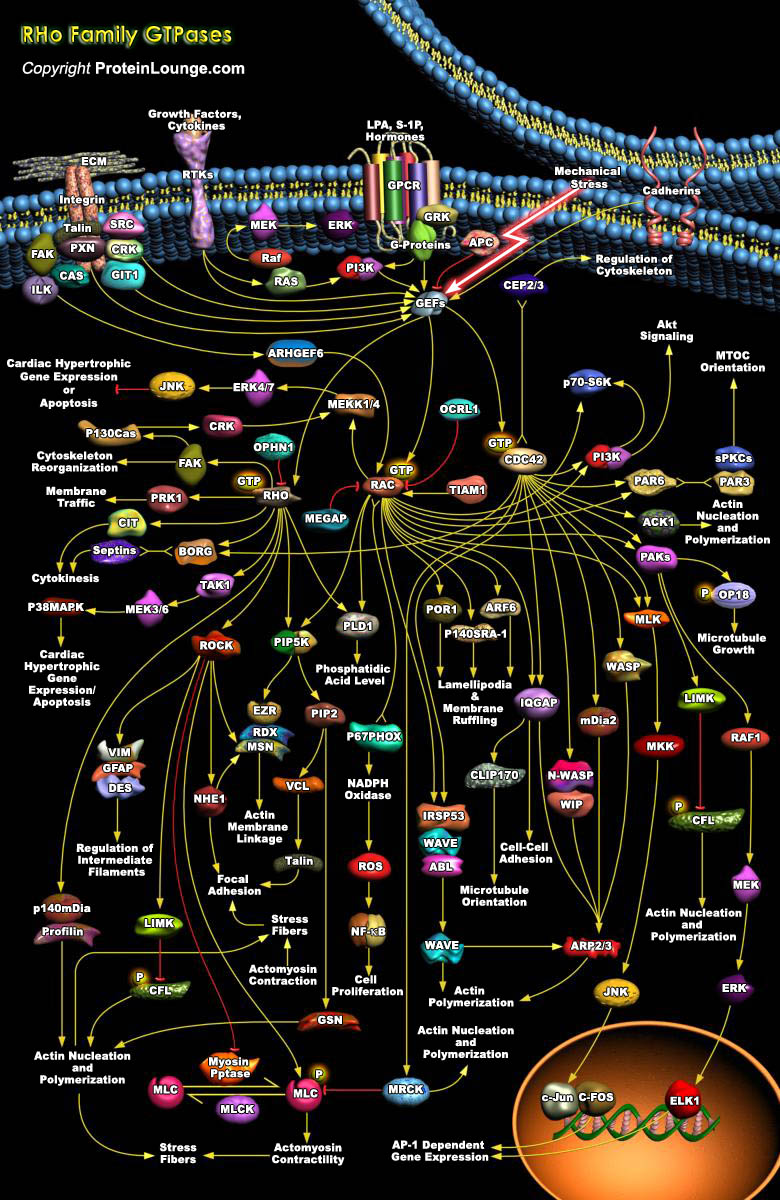
The Rho family of small GTP-binding proteins comprises a group of signaling molecules that are activated by a variety of Growth factors, Cytokines, Adhesion molecules, Hormones, Integrins, G-proteins and other biologically active substances and regulate a wide range of biological processes, including Reorganization of the Actin Cytoskeleton, Transcriptional Regulation, Vesicle Trafficking, Morphogenesis, Neutrophil activation, Phagocytosis and activation of the NADPH Oxidase, Mitogenesis, Apoptosis and Tumorigenesis. The mammalian Rho GTPase family currently consists of three subfamilies, Rho (RhoA, RhoB and RhoC), Rac (Rac1, Rac2 and Rac3) and CDC42 (Cell Division Cycle-42) (CDC42Hs and G25K). The best-characterized family members of Rho Family GTPase are RhoA, Rac1[..]
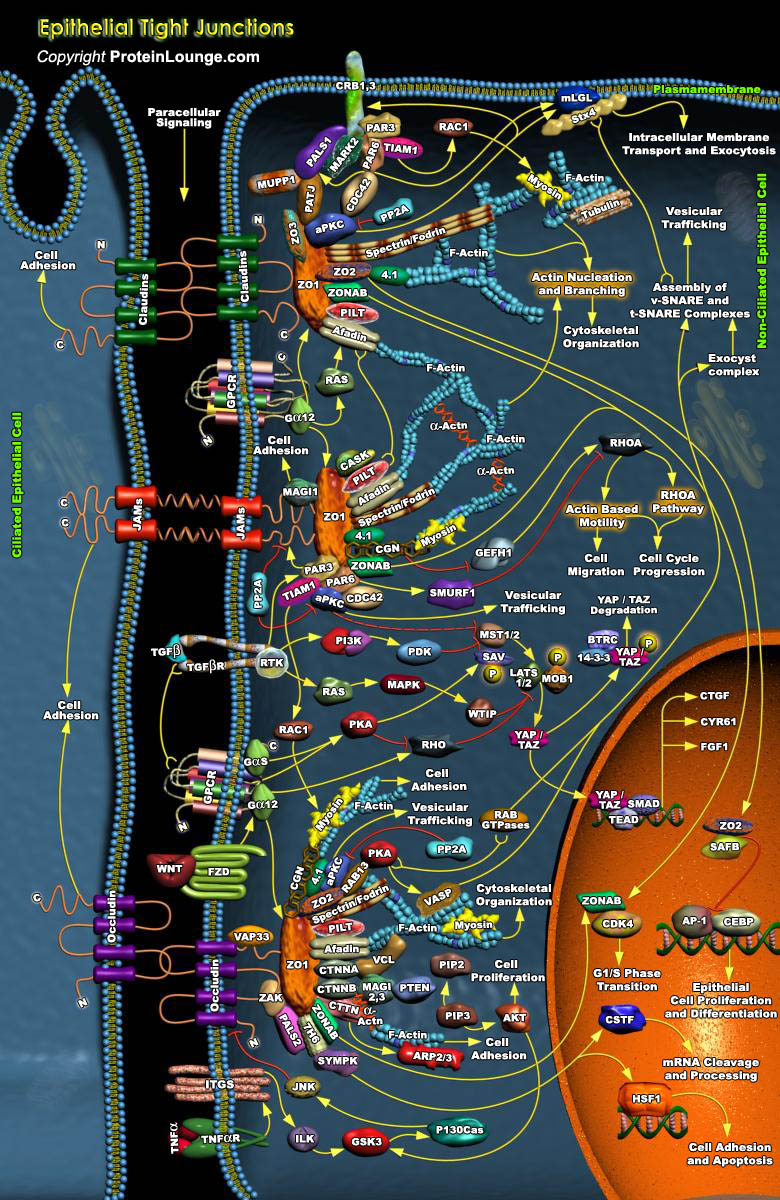
Epithelia in multicellular organisms constitute the frontier that separates the individual from the environment. Epithelia are sites of exchange as well as barriers, for the transit of ions and molecules from and into the organism. Epithelial cells achieve this by providing cellular borders that cover external and internal surfaces throughout the body. Complexes between adjacent cells include Gap Junctions, Desmosomes, Adherens Junctions (AJs) and Tight Junctions (TJs). Such junctions are quite essential for the modulation of paracellular permeability in various epithelia. Vertebrate epithelial cells exhibit Tight Junctions that lie apical to Adherens Junctions. Tight Junctions have an organizing role in epithelial polarization and establish an apico-lateral barrier to[..]
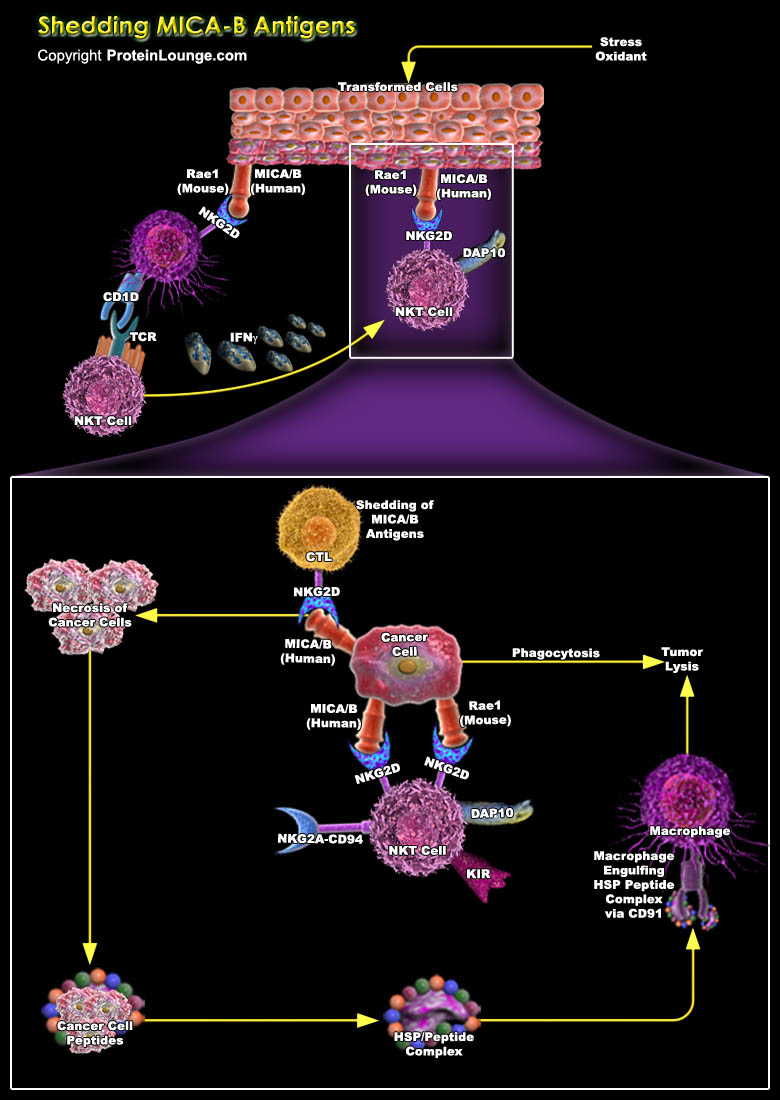
T cell responses against tumors require the recognition of specific peptides derived from tumor antigens in association with MIC (MHC Class I Molecules) by CD81 T cells expressing TCRs (T Cell Receptors). Such response generates intracellular antigen processing which are highly selective and binds only to some of the numerous polymorphic MHC class I molecules and often-impaired expression of MHC class I on tumor cells. Human gamma delta T cells are MICA (MHC-Class-Ipolypeptide-Related sequence-A) and MICB (MHC-Class-Ipolypeptide-Related sequence-B), which are distantly related to MHC class I but are functionally distinct. These molecules have no role in the presentation of intracellular peptide antigens instead MICA and MICB are closely related and functionally[..]
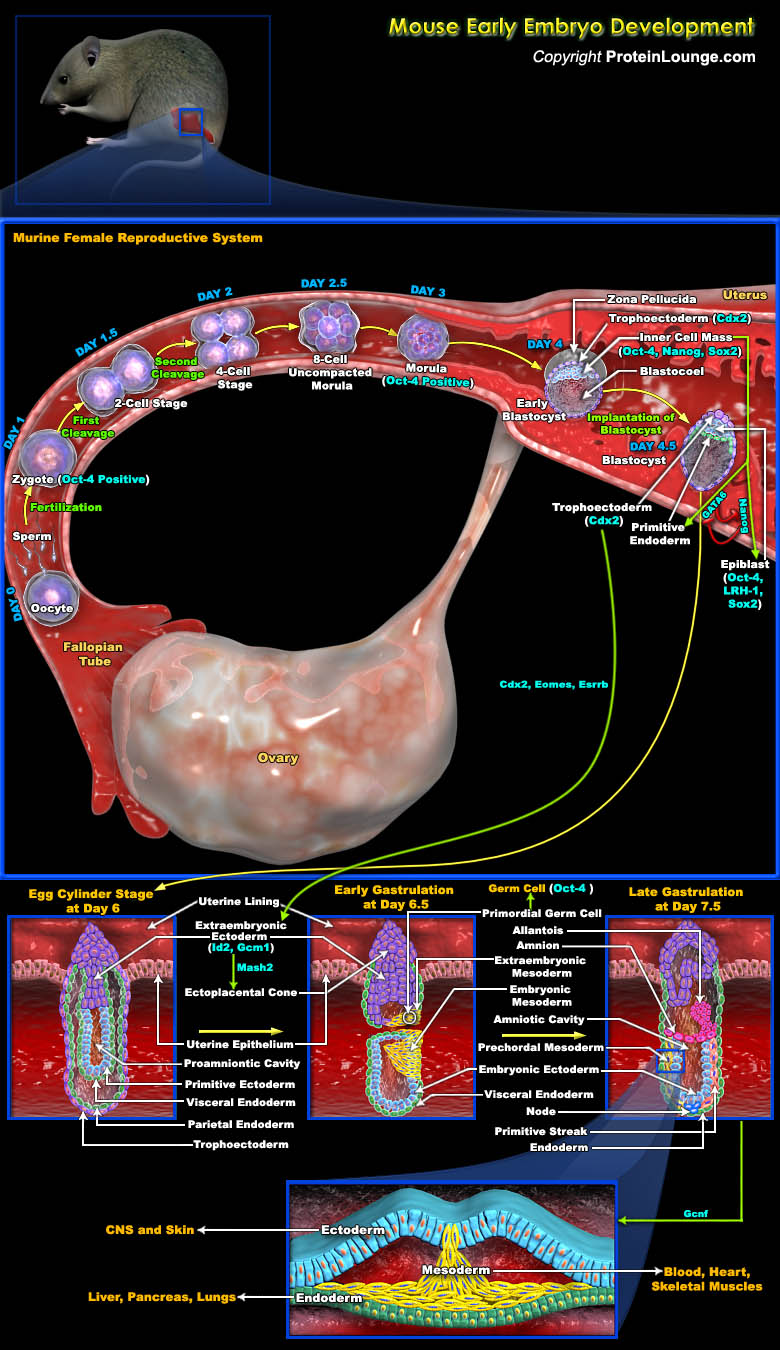
Embryonic development is the generation of a multicellular organism from a single cell. During this process, tissues and organs are differentiated and positioned at different parts of the organism. In animals, Embryonic development consists of 4 stages: Cleavage, Patterning, Differentiation and Growth. Mammalian Cleavage is strikingly different from most other patterns of Embryonic cell division. The mammalian oocyte is released from the ovary and swept by the fimbriae into the oviduct. The mature oocyte is surrounded by a protective coat of noncellular material (made of extracellular matrix and glycoproteins), called the Zona pellucida. Fertilization occurs in the ampulla of the oviduct, a region close to the ovary. For fertilization to occur, a haploid sperm cell[..]
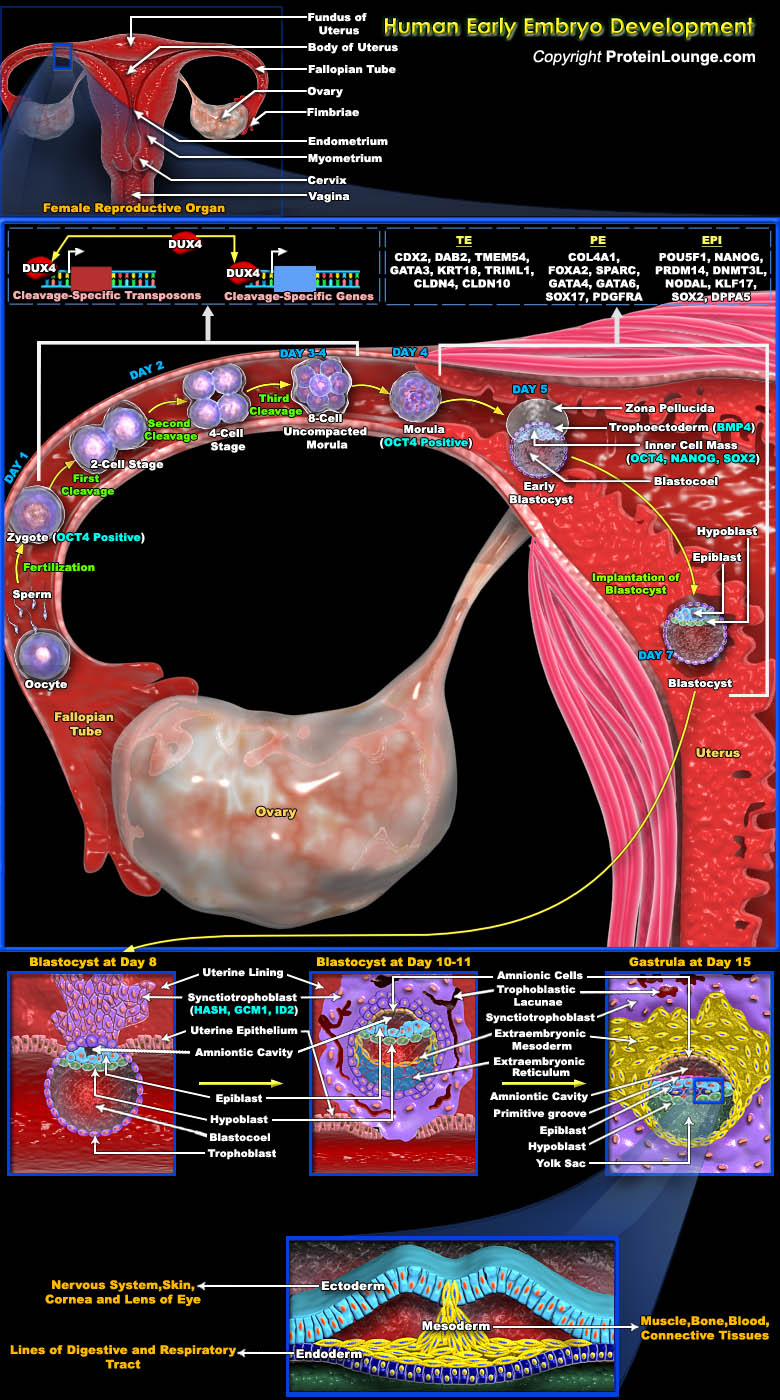
An Embryo is a multicellular diploid eukaryote in its earliest stage of development, from the time of first cell division until birth, hatching, or germination. In Humans, it is called an Embryo from the moment of Fertilization until the end of the 8th week of gestational age, whereafter it is instead called a Fetus. In organisms that reproduce sexually, once a Sperm fertilizes an Egg cell, the result is a cell called the Zygote. In animals, the development of the Zygote into an embryo proceeds through specific recognizable stages of Blastula, Gastrula, and Organogenesis. Little is known about the specific genes that regulate these early events or how interactions among cells or how cellular interactions with other factors in the three-dimensional environment of the[..]
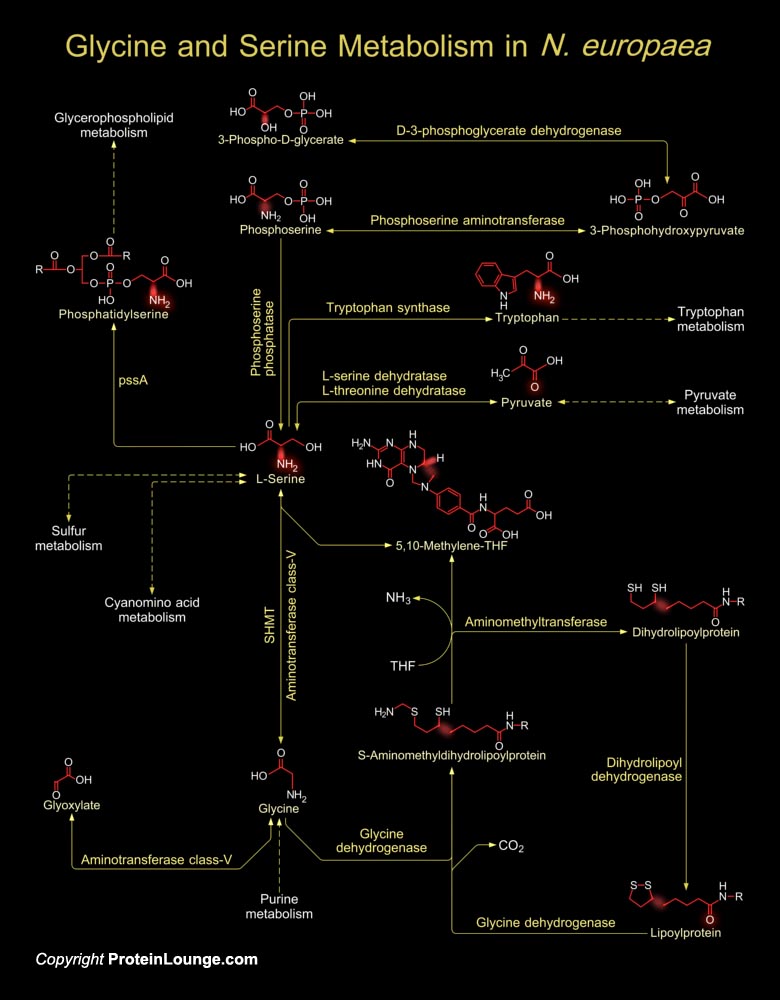
Nitrosomonas europaea is a gram-negative obligate chemolithoautotroph that can derive all its energy and reductant for growth from the oxidation of ammonia to nitrite. Nitrosomonas europaea participates in the biogeochemical N cycle in the process of nitrification. Its genome consists of a single circular chromosome of 2,812,094 bp. The cell's demand for carbon has to be met almost entirely by the fixation of carbon dioxide. Additional mineral salts complete the cell's nutritional needs. Although this bacterium can incorporate small amounts of organic compounds into cellular biomass, there is an obligate requirement for oxidation of ammonia and assimilation of inorganic nutrients to support growth. Besides, Amino acids also play an important role in[..]

